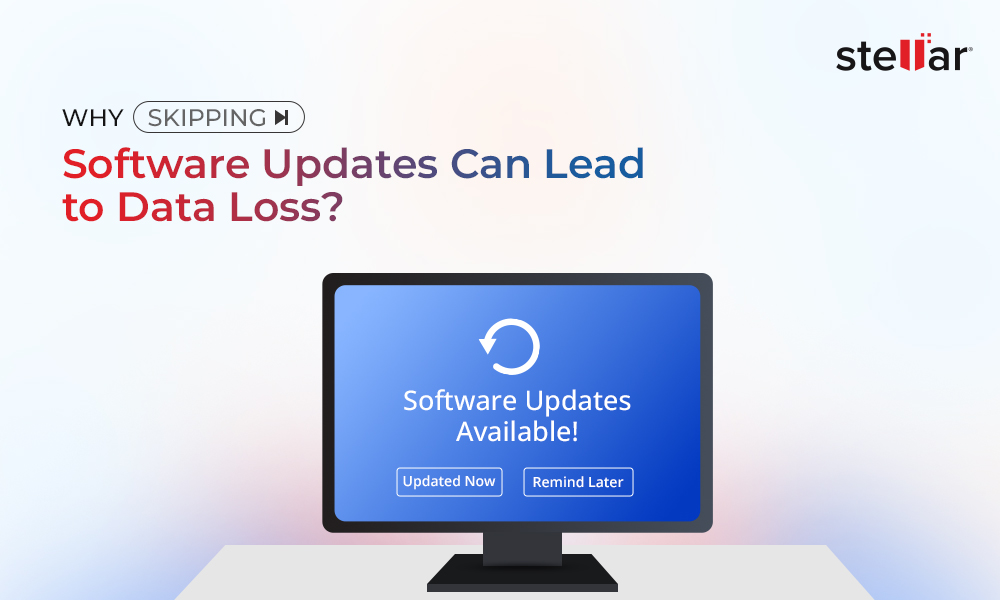Whether you want to install a clean copy of Windows 10 on a new PC or need to reinstall Windows 10 to repair system errors, you would need a bootable USB installation drive. Windows 10 provides a facility to create bootable installation media using a USB flash drive, DVD, or ISO file. However, most modern computers or laptops no longer have CD/DVD drives. A USB, however, is compatible with every PC and laptop, and you can easily turn it into a bootable installation drive. Hence, a lot of users ask for a way to install Windows 10 from USB. Read this article to know how to install Windows 10 from USB drive. We've mentioned all that you need for Windows 10 installation. Let's get started!
Why Create a Windows Installation Media with USB?
USB drive is a portable device. It is compatible with every PC and laptop. Even if your system does not have a CD/DVD drive, it will still have a USB port. You can easily make a USB drive bootable, and install Windows 10 without any hassle.
How to Install Windows 10 from USB
There are a few steps you need to follow to install Windows 10 from USB drive. Let's get started with all you need to have:
What you need:
- A new or formatted USB flash drive of size minimum 5GB.
- Source A: Working Windows PC to format the USB flash drive
- Destination PC – PC on which you'll install Windows 10 OS
Step 1 - Format USB drive and set the primary partition as ACTIVE
You need to have a new or formatted USB drive to create a bootable media install Windows 10 from USB. If you don't have a new USB drive, you can format the available drive with FAT32/NTFS/Re File System.
Caution: Before you start formatting the drive, we recommend taking backup of your essential data or recovering it using powerful professional data recovery software.
Now, follow the given steps:
- Connect the USB drive to source PC.
- Press Windows + X and choose to open Disk Management.
- Right-click on the USB drive partition and click Format.
- Choose the FAT32 file system to be able to boot with UEFI support.
- Next, right-click on the drive partition and select 'Mark Partition as Active.' (See Image 1)
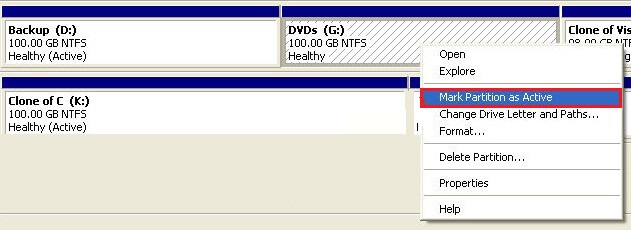
Image 1: Mark USB drive partition as Active
Step 2 - Build a bootable media with Media Creation Tool
You need to create the bootable media to boot your system and install Windows 10 from USB drive. Follow the given instructions to build the bootable media using the Media Creation Tool:
- Open Microsoft Download Windows 10 page and navigate to 'Download tool now.' (See Image 2)
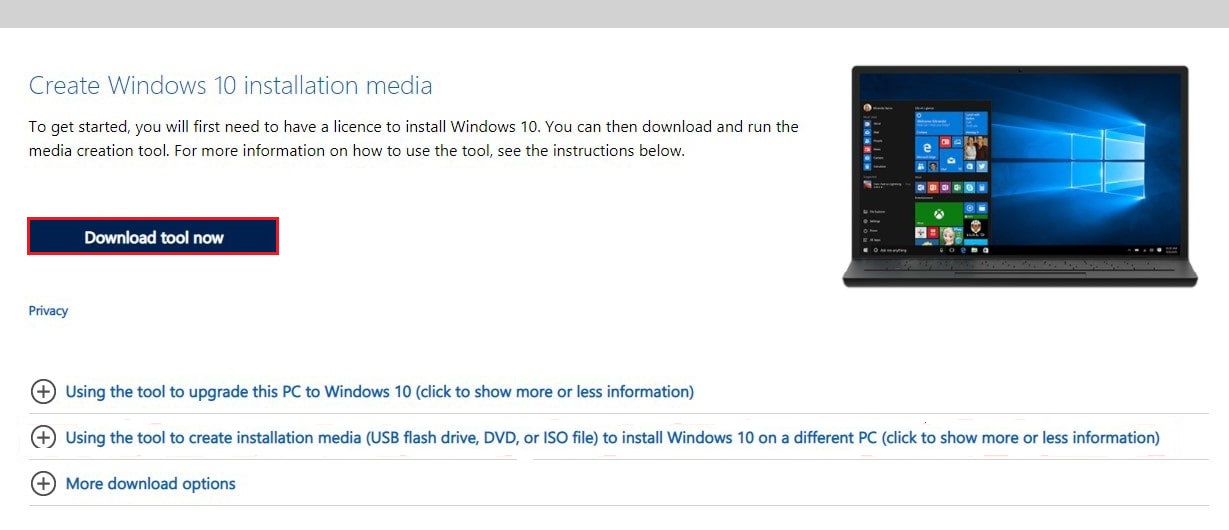
Image 2: Go to Microsoft Download Windows 10 page
- The media creation tool exe file will be downloaded. Open that file to run Windows 10 Setup and click Accept. (See Image 3)
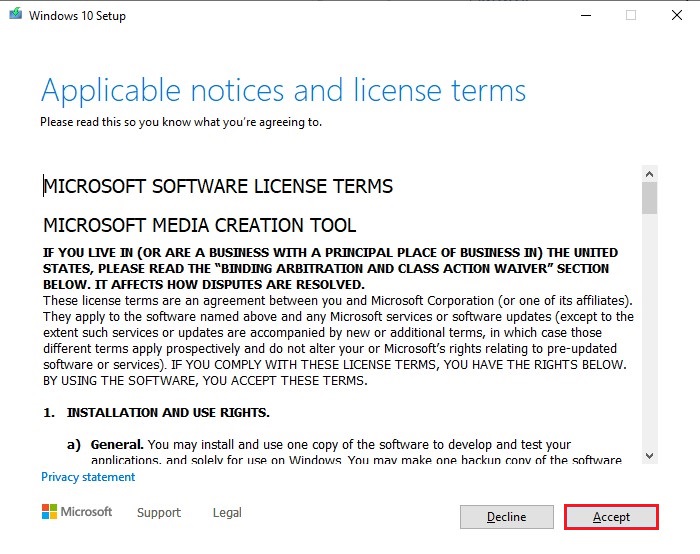
Image 3: Accept the Microsoft software license and Microsoft Media Creation tool
- Next, select Create installation media (USB flash drive, DVD, or ISO file) for another PC > Next. (See Image 4)
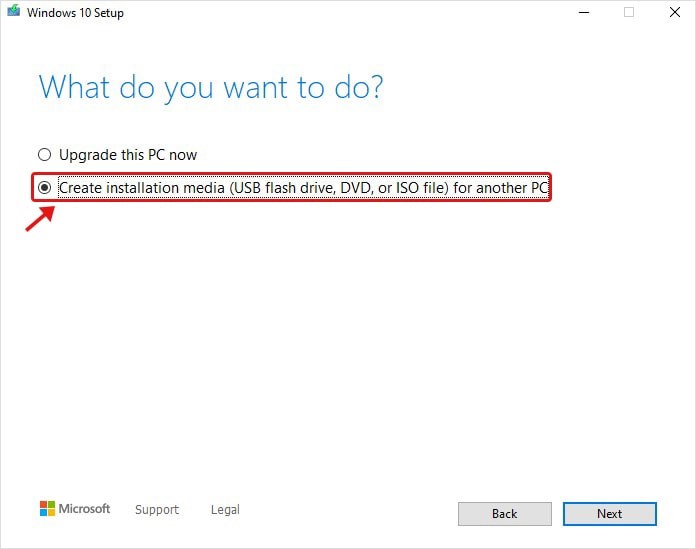
Image 4: Choose 'Create installation media’
- Select language, architecture, and edition and click Next. (See Image 5)
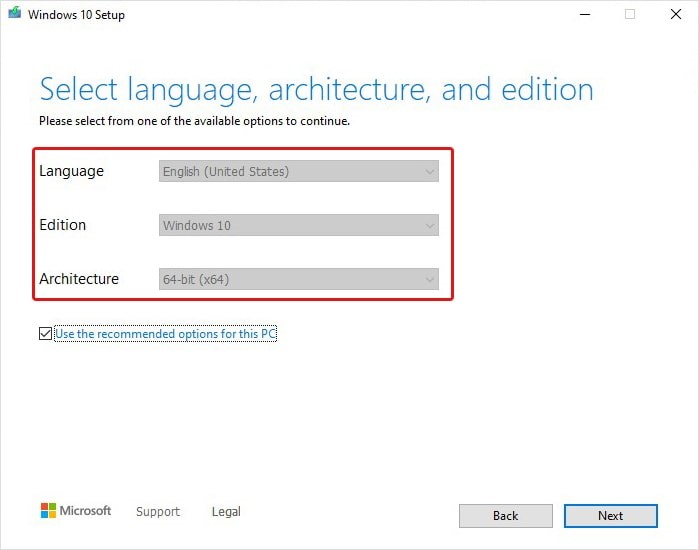
Image 5: Choose language, architecture, and edition
- On the 'Choose which media to use' wizard, select USB flash drive and click Next. (See Image 6)
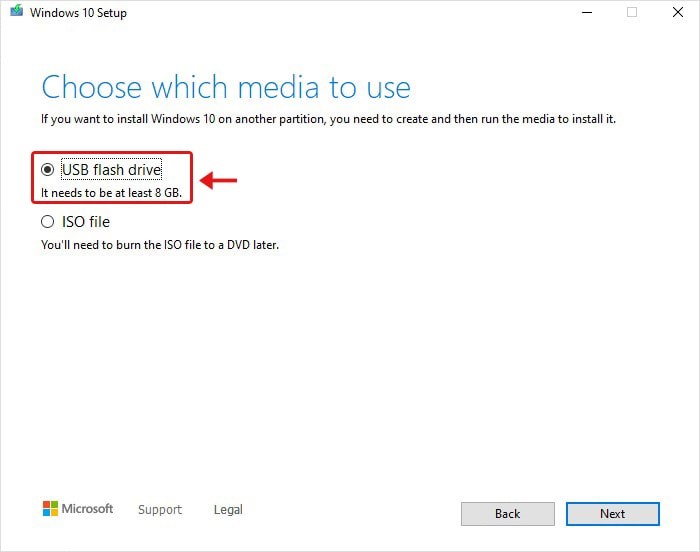
Image 6: Select USB flash drive and click Next
- On selecting the USB drive, it will delete everything.
- The process to create bootable media will start. Wait until the process ends. Once done, close the window.
Your USB installation media will be ready. Now, move on to the next step.
Step 3 - Change your computer's boot order
Change the boot order of your system on which you want to install Windows 10. You need to enter the BIOS setup utility (by pressing F2/12) to change the boot order. Once done, restart your system and choose to boot it from the USB drive.
Step 4 - Method to Install Windows 10 from USB
- Now that you've booted your system with the USB drive, you can choose your preferred language, currency, time zone, and keyboard settings. Click Next. (See Image 7)
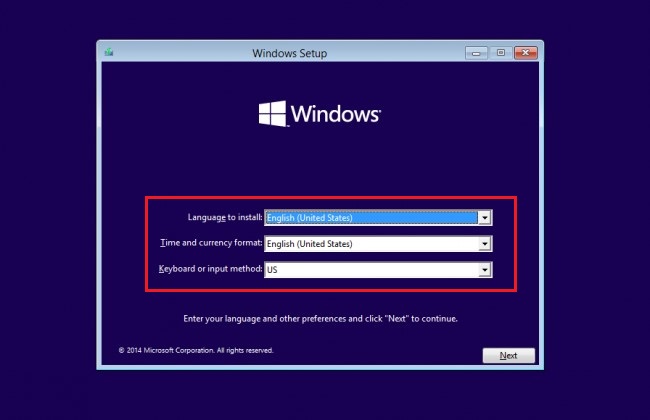
Image7: Choose language and other settings to proceed
- Click Install Now and choose to install Windows 10 version and click Next to proceed. (See Image 8)
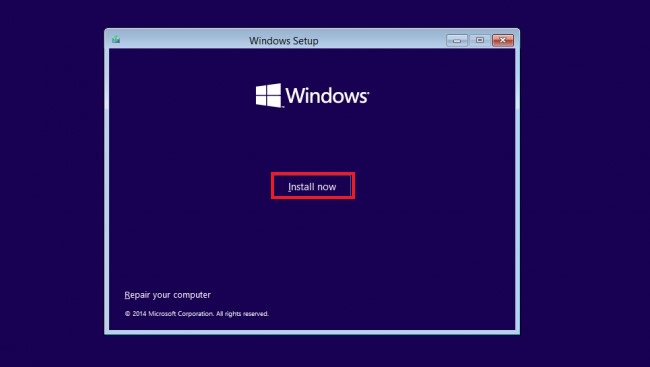
Image 8: Click Install now to proceed
- Choose the system partition on which the OS will be installed. Usually, Windows is installed on C: drive partition.
- Select the drive partition and click Format it. (See Image 9)
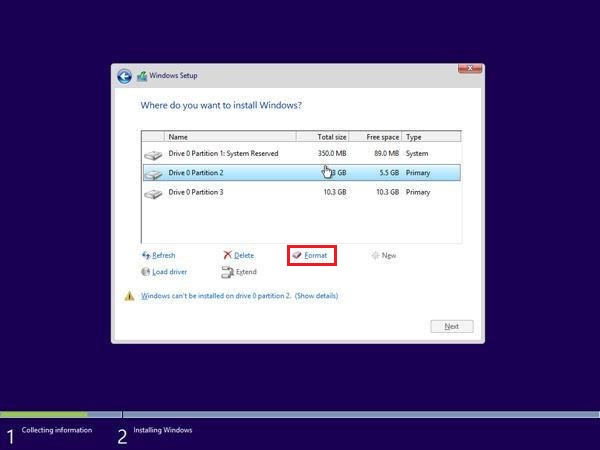
Image 9: format the drive partition
- Now, select the formatted partition to install Windows 10 from USB and click Next.
- The process of Windows 10 installation will initiate. The system may reboot a few times during the process. Don't try to shut it down or restart forcefully.
- Once the process is done, the system will reboot, and you can choose to optimize the system setting as per your convenience using the 'Custom' option. Or you can click 'Use express settings' and opt for the recommended settings. (See Image 10)
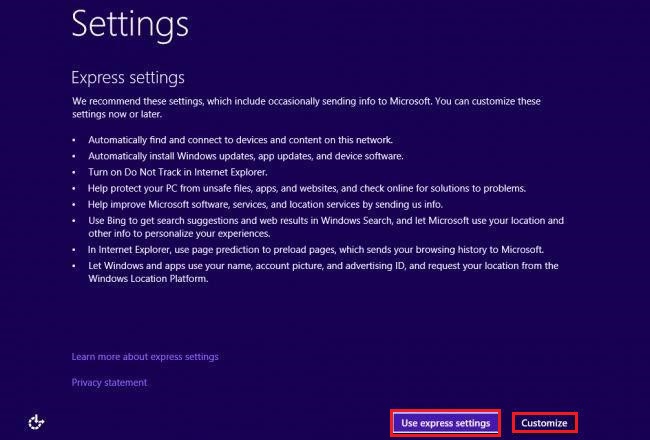
Image 10: Use custom or express settings
- Now, you can choose to sign in to the Microsoft account. If you don't want to sign in right now, you may choose to 'Skip this Step' and proceed with setting up your PC. (See Image 11)
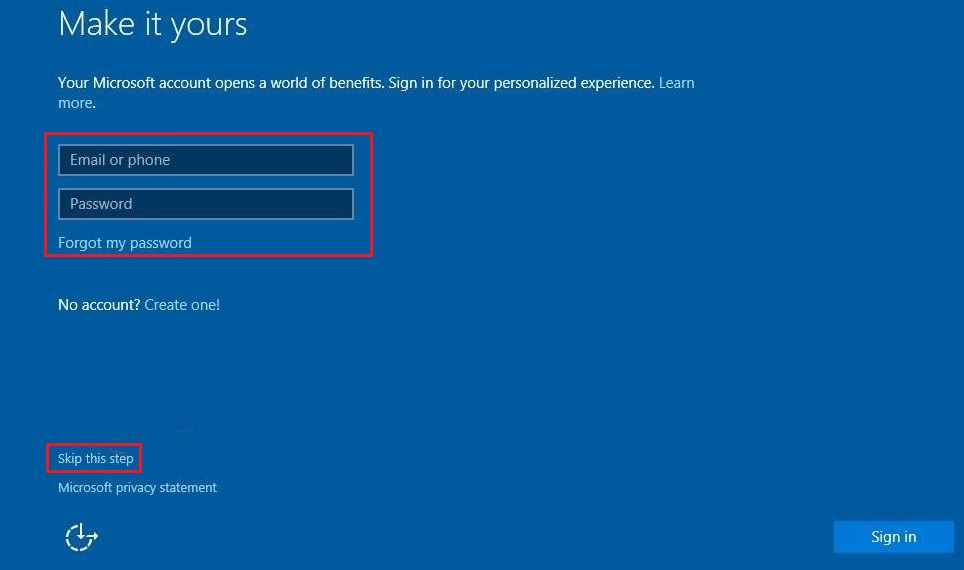
Image 11: Sign in to your Microsoft account or skip it to set up your PC
- And that's all. Your Windows 10 installation will be successfully done.
What if I need to reinstall Windows 10 to repair my system? How can I do that?
Method to Reinstall Windows 10 from USB drive
You may need to reinstall Windows 10 from USB when your system encounters different errors, such as System Won't Boot error, Disk Boot Failure, or SMART Hard Disk Error, etc. Sometimes, installed Windows may be corrupted due to interruption in the installation process. Irrespective of the reason, you can reinstall Windows 10 using the same USB installer you used to install Windows 10. Follow the given steps:
- Turn off your system on which you want to reinstall Windows 10.
- Connect the USB installation media created with the Windows Media Creation tool.
- Boot your System from a USB drive and set the time, language, currency, and keyboard settings to meet your requirements; then click Next.
- Now, click Repair your computer > Troubleshoot > Reset this PC. (See Image 12)
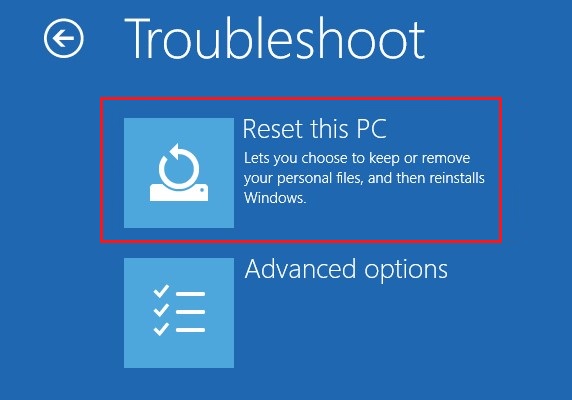
Image 12: Choose to Reset your PC
- Now, choose between 'Keep my files' and 'Remove everything.' (See Image 13)
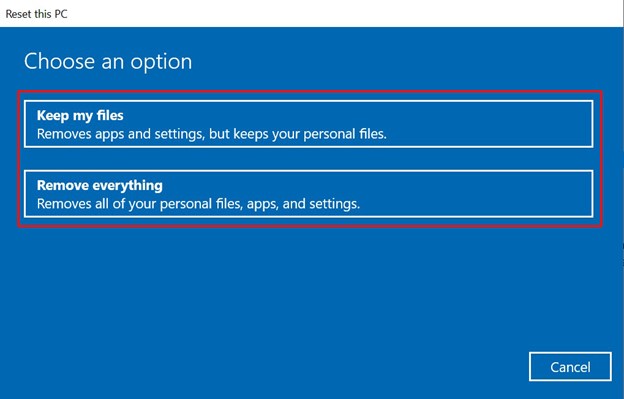
Image 13: Choose to remove everything
- Select 'Remove all the files only from the drive where Windows is installed,' and then click Next. (See Image 14)
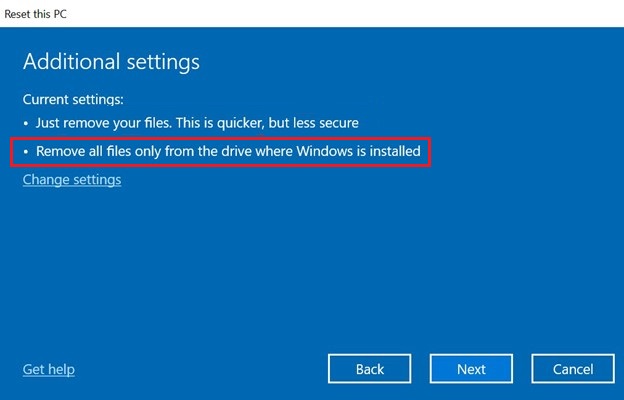
Image 14: Select 'Remove all files only from the drive where Windows is installed.'
- It will lead your Windows 10 to the installation process from the USB drive. Follow the on-screen instructions to complete the process.
- Wait until the process completes, and then restart your system.
You should be able to reinstall Windows 10 from USB. You may now install Windows update and the latest available drivers to set up your system.
What about my data? Can I get my data back?
Installing or reinstalling Windows 10 wipes the entire data from the partition on which it is installed. This process formats the whole partition, deleting programs, drivers, software, leading to data loss situations. Therefore, it's always recommended to take a backup of your data. However, if you don't have any backup and have reinstalled Windows, don't worry! You can retrieve data even after reinstalling Windows using a Windows data recovery software, such as Stellar Data Recovery Professional.
This easy-to-use yet powerful data recovery software can efficiently restore any data from formatted, corrupted, or even crashed Windows PCs and external storage drives, such as HDD, SSD, USB drives, etc.
The software also comes with a 'Create Recovery Drive' feature that helps you create bootable USB media to boot into crashed or non-bootable systems to recover data. Using bootable USB drive media created with this software can help you recover data but not reinstall Windows 10. Check out the below-given video to learn more about how to recover after reinstalling Windows.
Final Thoughts
You would need a bootable USB drive to install or reinstall Windows 10 on your PC/laptop. The ideal method to create bootable media is using Windows Media Creation Tool. In this article, we've covered all the steps to install Windows 10 from USB drive. If you're reinstalling Windows 10 on your system for any reason, we suggest you take a backup of your system first. However, if you forgot to take backup of your system data and reinstalled Windows 10, you can still get back your data using powerful data recovery software.
Also Read: How to Create Recovery Media for your Windows 10 PC












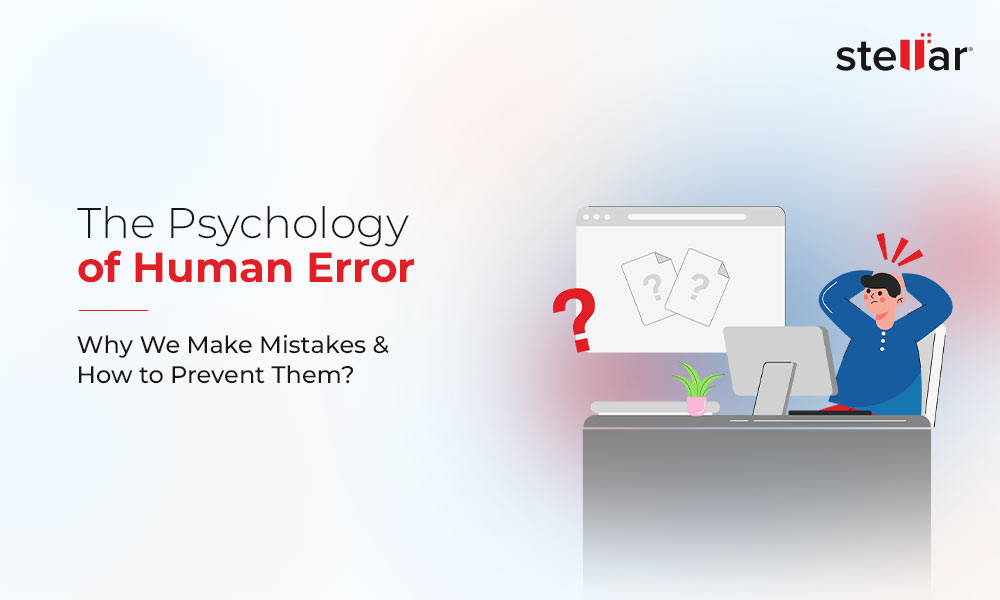
 3 min read
3 min read